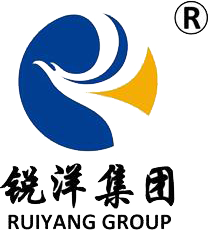
Fire Heroes: How Flame-Retardant, Halogen-Free, Low-Smoke Cables Buy Time for Escape
2025-09-12 17:33When a fire breaks out, every second counts. While most people focus on flames, the real danger often lies in the toxic smoke and corrosive gases released by burning materials—especially conventional cables. Behind the scenes, a special class of cables engineered with flame-retardant (FR), halogen-free (HF), and low-smoke (LS) properties acts as unsung heroes, safeguarding lives and infrastructure by delaying disaster and creating critical escape time.
The Triple-Layer Shield: How These Cables Work
Flame Retardancy (FR): These cables are designed to resist ignition and prevent fire spread. When exposed to flames, their insulation and sheath materials form a protective char layer that insulates the core and cuts off oxygen supply, effectively slowing down combustion. Unlike ordinary cables that act as fire highways, FR cables localize the threat.
Halogen-Free (HF): Traditional PVC cables contain halogens (e.g., chlorine). When burned, they emit dense, toxic gases like hydrochloric acid—a major cause of suffocation and equipment corrosion. Halogen-free cables use materials like polyolefins that produce minimal toxic emissions, reducing health risks.
Low-Smoke (LS): In a fire, visibility is crucial for evacuation. LS cables generate up to 80% less smoke than standard cables, maintaining clearer escape routes and aiding rescue operations.
Why It Matters: A Life-and-Death Difference
In a real-world scenario, these cables can mean the difference between life and death:
Extended Circuit Integrity: Critical systems like emergency lighting, fire alarms, and exit signs remain operational longer, guiding occupants to safety.
Reduced Toxicity: Halogen-free materials avoid releasing corrosive acids that damage lungs and equipment.
Faster Evacuation: Low smoke density improves visibility, reducing panic and speeding up escape.
Applications: Where These Cables Save Lives
From subway tunnels and airports to hospitals and high-rise buildings, LSZH cables (Low Smoke Zero Halogen) are mandated in enclosed spaces with high human density. They comply with stringent international standards (e.g., IEC 60332, IEC 61034, IEC 60754) and are tested to ensure performance under extreme conditions.
